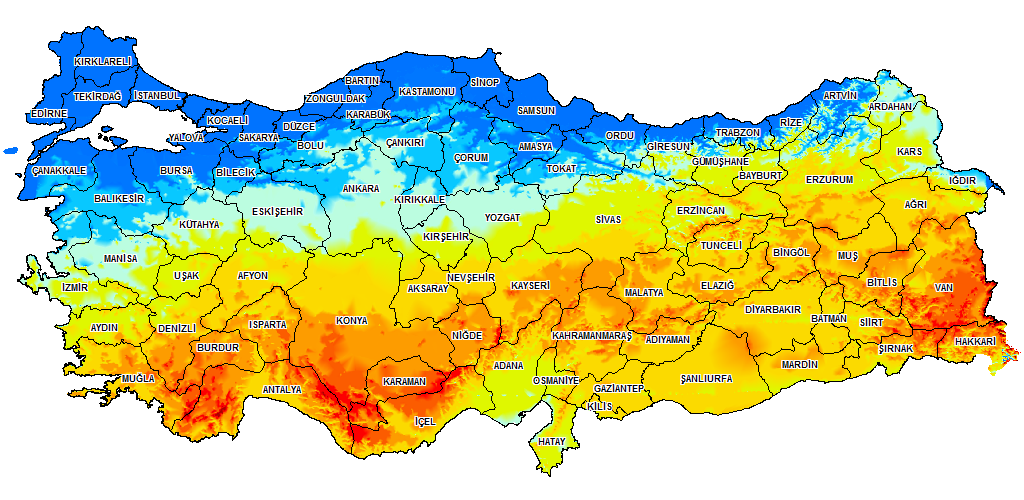In the energy literature, renewable energy is energy that is continuously accessible through the natural environment without requiring an effort to bring it forth. The most prominent and now commercialized examples include solar, wind, hydropower, biomass, geothermal, and wave energy.
In some sources, terms such as sustainable energy, green energy, environmentally friendly energy, or clean energy are used for renewable energy sources. Considering that the “sustainability” or “environmental friendliness” of these sources—which will continue their cycles as long as the sun exists—must meet many criteria covering the process from production to disposal, it is more accurate to use the term renewable energy instead of “clean” or “environmentally friendly.”
History of renewable energy
Renewable energy sources are in fact among the first resources humans used for energy production. Wind- or water-powered mills; wood, animal dung, and other biologically derived materials burned for heating; and water or spaces heated with geothermal energy in Anatolia can be cited as examples of the use of renewables dating back to very early times. Türkiye’s first electricity-generating plant also falls within the category of renewable energy. The water turbine in Tarsus, with a capacity of 2 kilowatts (kW), began generating electricity in 1902; its capacity was later increased to 60 kW. Today, the most common examples of modern renewables include solar thermal collectors that heat water, heating and electricity-generating facilities using geothermal energy, solar and wind power, and biogas and biomass plants.Türkiye’s first solar power plant was established in İkitelli, Istanbul. Implemented jointly by the Istanbul Metropolitan Municipality, TÜBİTAK Marmara Research Center, and İnosol Enerji, the project had an installed capacity of 500 kW. Solar collectors used to produce hot water, however, have been used for longer—especially in residential buildings. According to the Türkiye Solar Energy Potential Atlas (GEPA) prepared by the Ministry of Energy and Natural Resources, the average annual total sunshine duration has been calculated at 2,741 hours, and the average annual total irradiation at 1,527.46 kWh/m².

The first wind power plants were the 1.5-megawatt (MW) Germiyan plant built in 1998 in the Çeşme district of İzmir and the 7.20 MW ARES plant, also in the same district. The first geothermal power plant to generate electricity was the Kızıldere Plant, with a capacity of 0.5 MWe, which began operating in 1975. The first exploratory well was drilled in 1963 in Balçova, İzmir, and the first geothermal heating application began in 1964 with the heating of a hotel in Gönen (Balıkesir). Türkiye’s largest geothermal district heating system is the central heating network in the Balçova and Narlıdere districts of İzmir.
It is known that the first wind turbine to generate electricity from wind energy in the world was built in 1883 by an Austrian engineer named Josef Friedländer; the first cell demonstrating that it is possible to generate electricity from sunlight emerged in 1954 at Bell Laboratories. The first hydroelectric project capable of lighting a bulb was implemented in 1878 in what is now the United Kingdom. Electricity generation from tidal energy also dates back quite far; the large-scale La Rance plant in France began operating in 1966.
Bu web sitesi Friedrich-Ebert-Stiftung Derneği Türkiye Temsilciliği tarafından desteklenmiştir. İçeriğin sorumluluğu tamamıyla Ekosfer Derneği’ne aittir.
